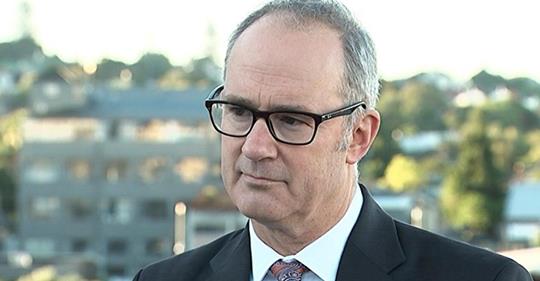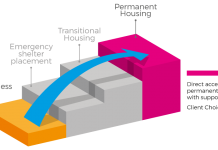Housing Minister Phil Twyford justified the launch of costly new rental property standards in February by saying “6000 children are admitted each year for ‘housing-sensitive hospitalisations’” but, when questioned, two Ministries provided contradictory data that undermined the Minister’s claim.
Tenancies War spokesman Mike Butler sent a series of questions to the Minister’s office, to the Ministry of Business, Innovation and Employment, and to the Ministry of Health, all seeking evidence to support a rather specific claim made by the Minister in February.
The full quote was that “6000 children are admitted each year for ‘housing-sensitive hospitalisations’, and that these children have been found to be nearly four times more likely to be re-hospitalised and 10 times more likely to die in the following 10 years.”
Answers to questions asked under the Official Information Act revealed:
1. The Ministry of Health does not list “housing-related hospitalisation” as a condition that people are hospitalised for, but does list it as “circumstances that may cause diseases (or exacerbate existing conditions)”.
2. That category in a table titled Publicly funded hospital discharges 2015/16, at https://www.health.govt.nz/nz-health-statistics/health-statistics-and-data-sets/hospital-event-data-and-stats?page=2 showed that of the 244,152 discharges of children and young persons to age 19 that year there was a single entry recording a hospitalisation for a condition exacerbated by housing.
3. MBIE said that the claim that “6000 children are admitted each year for ‘housing-sensitive hospitalisations’, and that these children have been found to be nearly four times more likely to be re-hospitalised and 10 times more likely to die in the following 10 years” appears as an assertion on page 41 of A stocktake on New Zealand Housing, published last year. That assertion was made with no supporting data other than a footnote.
4. That footnote, titled Risk of rehospitalisation and death for vulnerable New Zealand children, identified crowding as the housing factor and said that death was rare. (See https://www.ncbi.nlm.nih.gov/pubmed/28735258)
In Stocktake, there was another assertion about children and asthma on p43, and diseases resulting from crowding in p44, again without supporting data other than unhelpful footnotes. If that was the only support for the Minister’s claim, it would appear that his “we are doing it for the children” utterances were exaggerated.
The Minister has made various “hospitalisation” claims while pushing for so-called “healthy homes guarantee standards”.
During the first reading of the Healthy Homes Guarantee Bill on May 4, 2016, Mr Twyford said: “It is no longer good enough in this country of ours that there are 42,000—in fact, the latest figures indicate 50,000—preventable hospitalisations of children with respiratory and infectious diseases”.
The foreword of the Healthy Homes Standards discussion document, signed by the Minister, says that Ministry of Health data (2018) shows that there are “approximately 10,800 children or 13,000 events with potentially housing related conditions presented to the hospitals in New Zealand each year.”
The Healthy Homes Guarantee Act was passed in 2017. Standards had not been created when MPs considered the legislation. The standards would be created later, outside of parliamentary scrutiny, and were to be imposed as a regulation.
The standards that eventuated concerned heating, insulation, ventilation, moisture control and drafts, presumably to combat what the Minister thought was a prevalence of cold, damp housing.
These standards, of course, would have no effect on hospitalisations resulting from disease-transmission in crowded houses, respiratory diseases resulting from indoor smoking and unflued portable gas heaters, or infections resulting from poor hygiene.
Insulation top-ups merely ensure that the costs of heating are marginally reduced, a fixed heater does not ensure that it is used, and ventilation would remove some steam from kitchens and bathroom, which could be achieved by opening a window.
The news that one Ministry contradicted data from another Ministry and undermined the Minister’s emotional “for the children” claim, and that the rental property standards would have no effect on crowding-related diseases, will go down like a cup of cold sick for rental property owners forced to spend up to $7000 per dwelling on largely unnecessary modifications.
Stop the War on Tenancies is a group that since last October has been highlighting the evidence that successive governments have ignored while creating rental property policy.










































































